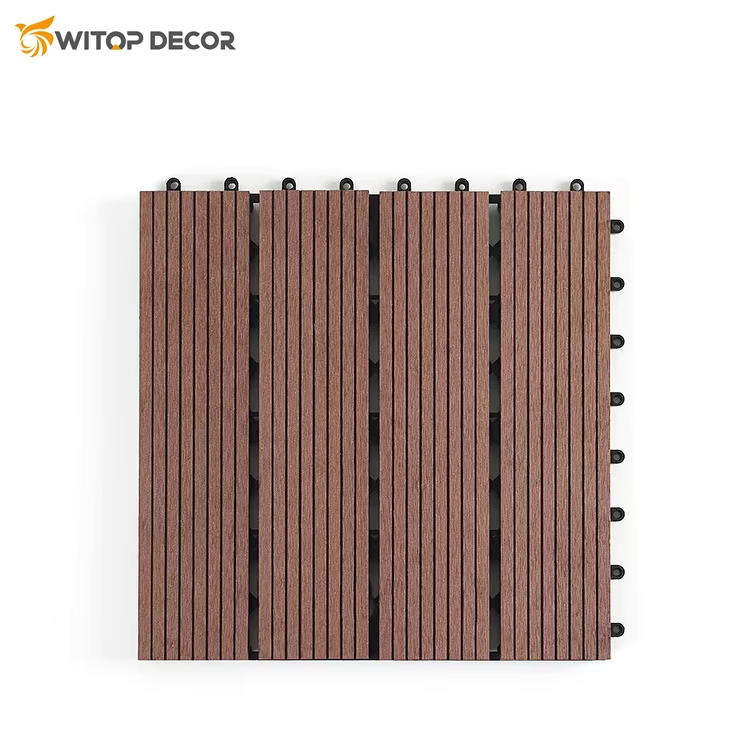23rd Floor, Building B03, ushang Center, 50 Meters East 0f The lintersection 0f Guangzhou Road And Xiaohe Road, Linyi, shandong, China +86-15020919237 [email protected]
23rd Floor, Building B03, ushang Center, 50 Meters East 0f The lintersection 0f Guangzhou Road And Xiaohe Road, Linyi, shandong, China +86-15020919237 [email protected]

Wood-Plastic Composite (WPC) material is an innovative hybrid material that combines wood fibers or flour with thermoplastics, resulting in a product that offers the best properties of both components. WPC material has gained significant attention in construction, automotive, and furniture industries due to its durability, sustainability, and cost-effectiveness. This article provides a professional analysis of WPC material, covering its key characteristics, manufacturing processes, advantages, limitations, and diverse applications, supplemented with real-world case studies to illustrate its practical use.
WPC material exhibits a unique set of properties that make it a preferred alternative to traditional wood and pure plastics:
1.Enhanced Durability – Unlike natural wood, WPC material is resistant to moisture, rot, and insect damage, making it ideal for outdoor applications.
2.Low Maintenance – WPC does not require painting, sealing, or frequent treatments, reducing long-term maintenance costs.
3.Eco-Friendliness – By utilizing recycled wood fibers and plastics, WPC material contributes to sustainable material usage.
4.Customizable Aesthetics – WPC can be manufactured in various colors, textures, and finishes, mimicking natural wood while offering superior performance.
5.Mechanical Strength – The combination of wood fibers and polymers enhances structural stability, making WPC suitable for load-bearing applications.
The production of WPC material involves several key steps:
1.Material Selection – Typically, polyethylene (PE), polypropylene (PP), or polyvinyl chloride (PVC) are used as the polymer matrix, while wood fibers or flour serve as reinforcement.
2.Compounding – The wood and plastic components are mixed with additives (e.g., coupling agents, stabilizers) to improve compatibility and performance.
3.Extrusion or Injection Molding – The blended mixture is processed through extrusion (for profiles like decking) or injection molding (for complex shapes).
4.Cooling and Finishing – The final product is cooled, cut, and textured to achieve the desired appearance and functionality.

WPC material offers several benefits over conventional materials:
1.Weather Resistance – Unlike wood, WPC does not warp, crack, or splinter under extreme weather conditions.
2.Cost-Effectiveness – Although the initial cost may be higher than wood, WPC’s longevity and low maintenance reduce lifecycle costs.
3.Recyclability – WPC material can be reprocessed, minimizing environmental waste.
4.Versatility – It is used in decking, fencing, automotive panels, and furniture due to its adaptability.
One of the most successful applications of WPC material is in outdoor decking. Trex Company, Inc., a leading manufacturer in the U.S., produces WPC decking that combines recycled wood and plastic, offering a durable, low-maintenance alternative to traditional timber. Homeowners prefer WPC decking because it resists fading, mold, and splintering, reducing replacement costs. According to market reports, WPC decking now holds over 20% of the U.S. decking market, demonstrating its growing popularity.
Despite its advantages, WPC material has some drawbacks:
Lower Stiffness Compared to Solid Wood – Pure wood has higher rigidity, limiting WPC in high-load structural applications.
Thermal Expansion – WPC can expand or contract with temperature fluctuations, requiring proper installation techniques.
UV Degradation – Some WPC materials may fade or weaken under prolonged sun exposure unless UV stabilizers are added.
In Dubai, where temperatures exceed 50°C (122°F), some early WPC installations experienced warping and discoloration due to insufficient UV stabilization. Manufacturers responded by developing high-performance WPC formulations with enhanced heat resistance, proving that material improvements can address environmental challenges.

The versatility of WPC material has led to its adoption in multiple industries:
Construction & Building – Widely used in decking, cladding, and fencing due to its weather resistance.
Automotive Interiors – Used for door panels, dashboards, and trunk linings due to its lightweight and durable nature.
Furniture Manufacturing – Outdoor furniture, garden tables, and benches benefit from WPC’s durability.
Packaging – Some industries use WPC for sustainable packaging solutions.
WPC material represents a revolutionary advancement in composite technology, combining the best attributes of wood and plastic. Its durability, sustainability, and adaptability make it a valuable material across multiple industries. Real-world applications—from decking in U.S. homes to automotive components in Ford vehicles—demonstrate its practical benefits. While challenges such as thermal expansion and UV sensitivity remain, ongoing innovations are expected to further expand its applications. For professionals in construction, automotive, and manufacturing, WPC material offers a high-performance, eco-friendly alternative that aligns with modern material demands.
By understanding its characteristics, production methods, and real-world case studies, industry experts can leverage WPC material to develop more sustainable and efficient products for the future.
Contact us to:
Email: [email protected]
Official Website:https://www.witopwpc.cn/